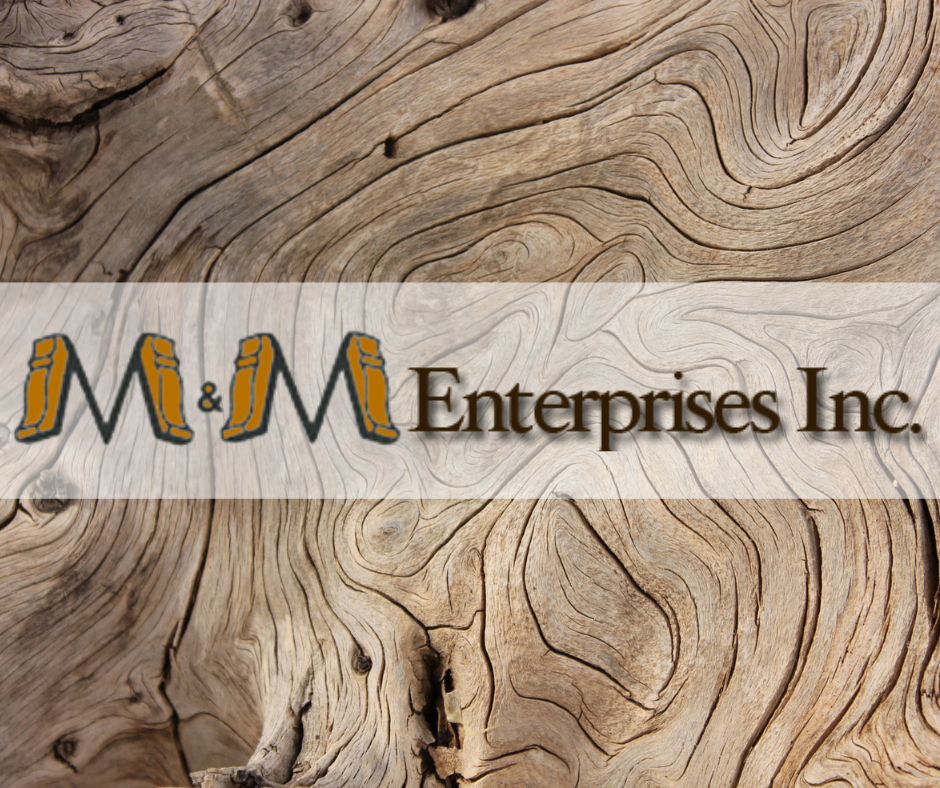When it comes to the differences between hard and soft woods, here are the cold (and not so cold) hard facts:
The term “deciduous” has Latin roots, meaning “to fall”; and deciduous trees, which have falling leaves, are where we get hardwood. Insects and birds pollinate deciduous trees so that they can bear fruit. When the seeds of hardwood trees drop, the wind carries them to different locations where they will germinate.
Softwood comes from evergreens, which remain ever green because they do not shed their leaves. Evergreens are not fruit or flower bearing, so they do not need insects or birds for pollination. Instead they produce cones. Male cones, at the top of the trees, produce pollen which drifts to the female cones below to fertilize seeds.
Hardwood is the most popular and available wood, although you can find most wood types at M & M Enterprises – your local lumber yard. Hardwood is denser than softwood so it can split more easily, but it’s sturdy nature makes it more durable. It’s rougher in texture than softwood, as well as heavy and porous.
Softwood is smooth, non-porous, light wood which – as its name indicates – is soft. Softwoods, such as cedar, pine, spruce and Douglas fir are excellent for woodworking and furniture building; whereas hardwoods provide exceptional strength for structures. For instance, maple, which is great for staining, is a popular wood material for flooring. Cherry is beautiful and responds well to machining, planing and sanding. Hickory is hard, but flexible with a straight grain. Oak is easier to drive nails through, but it reacts with iron, so galvanized nails and screws are best.
If you would like to learn more about the different types of wood, come to the wood experts at M & M Enterprises. We are always happy to help our customers make the best lumber purchase for their construction projects.

